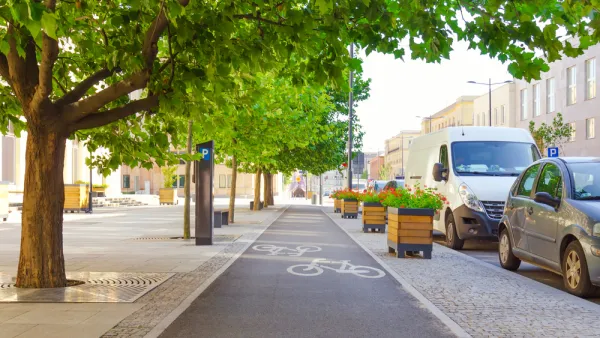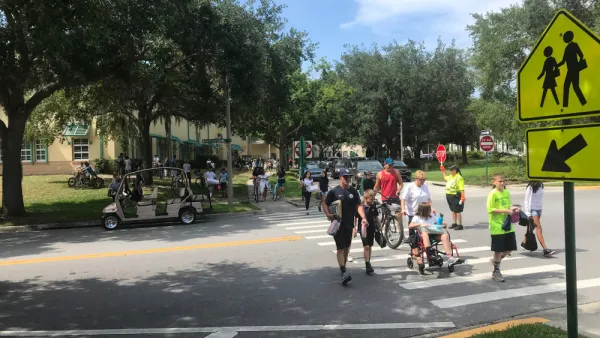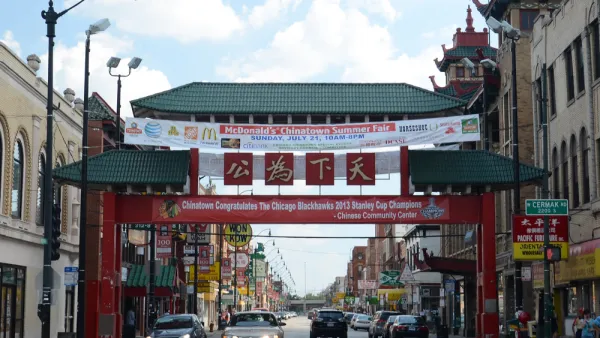What do traffic safety and gun violence have in common? A lot, as it turns out. In both cases, hard-hit neighborhoods tend to have suffered from historical disinvestment along racial lines.

Although gun violence and traffic safety might seem like unrelated ills, their severity tracks with "race, class, and place," Hanna Love and Jennifer S. Vey write. "The lower a metro area's median household income, the more dangerous its streets are for people walking. And similar trends persist for gun violence."
In urban areas, neighborhoods populated mostly by people of color tend to be poorer than white areas. That de facto segregation is of course no accident: it was once de jure. High rates of car and gun violence "stem from the same historical inequities in how our cities were designed and built, in which intentional decisions by planners and policymakers divided our nation's physical landscape along racial lines," Love and Vey write.
They argue that addressing both problems means acknowledging that for disadvantaged communities, making streets safer will require more than mere bike lanes. "For those who are vulnerable to victimization when engaging in everyday tasks—like walking to buy snacks or to work—concerns about safety impact nearly every aspect of their lives."
Love and Vey advocate better engagement with residents, asking them what they want from their streets and investing in safety strategies already being developed and led by those in the community.
FULL STORY: To build safe streets, we need to address racism in urban design

National Parks Layoffs Will Cause Communities to Lose Billions
Thousands of essential park workers were laid off this week, just before the busy spring break season.

Retro-silient?: America’s First “Eco-burb,” The Woodlands Turns 50
A master-planned community north of Houston offers lessons on green infrastructure and resilient design, but falls short of its founder’s lofty affordability and walkability goals.

Delivering for America Plan Will Downgrade Mail Service in at Least 49.5 Percent of Zip Codes
Republican and Democrat lawmakers criticize the plan for its disproportionate negative impact on rural communities.

Test News Post 1
This is a summary

Test News Headline 46
Test for the image on the front page.

Balancing Bombs and Butterflies: How the National Guard Protects a Rare Species
The National Guard at Fort Indiantown Gap uses GIS technology and land management strategies to balance military training with conservation efforts, ensuring the survival of the rare eastern regal fritillary butterfly.
Urban Design for Planners 1: Software Tools
This six-course series explores essential urban design concepts using open source software and equips planners with the tools they need to participate fully in the urban design process.
Planning for Universal Design
Learn the tools for implementing Universal Design in planning regulations.
EMC Planning Group, Inc.
Planetizen
Planetizen
Mpact (formerly Rail~Volution)
Great Falls Development Authority, Inc.
HUDs Office of Policy Development and Research
NYU Wagner Graduate School of Public Service





























